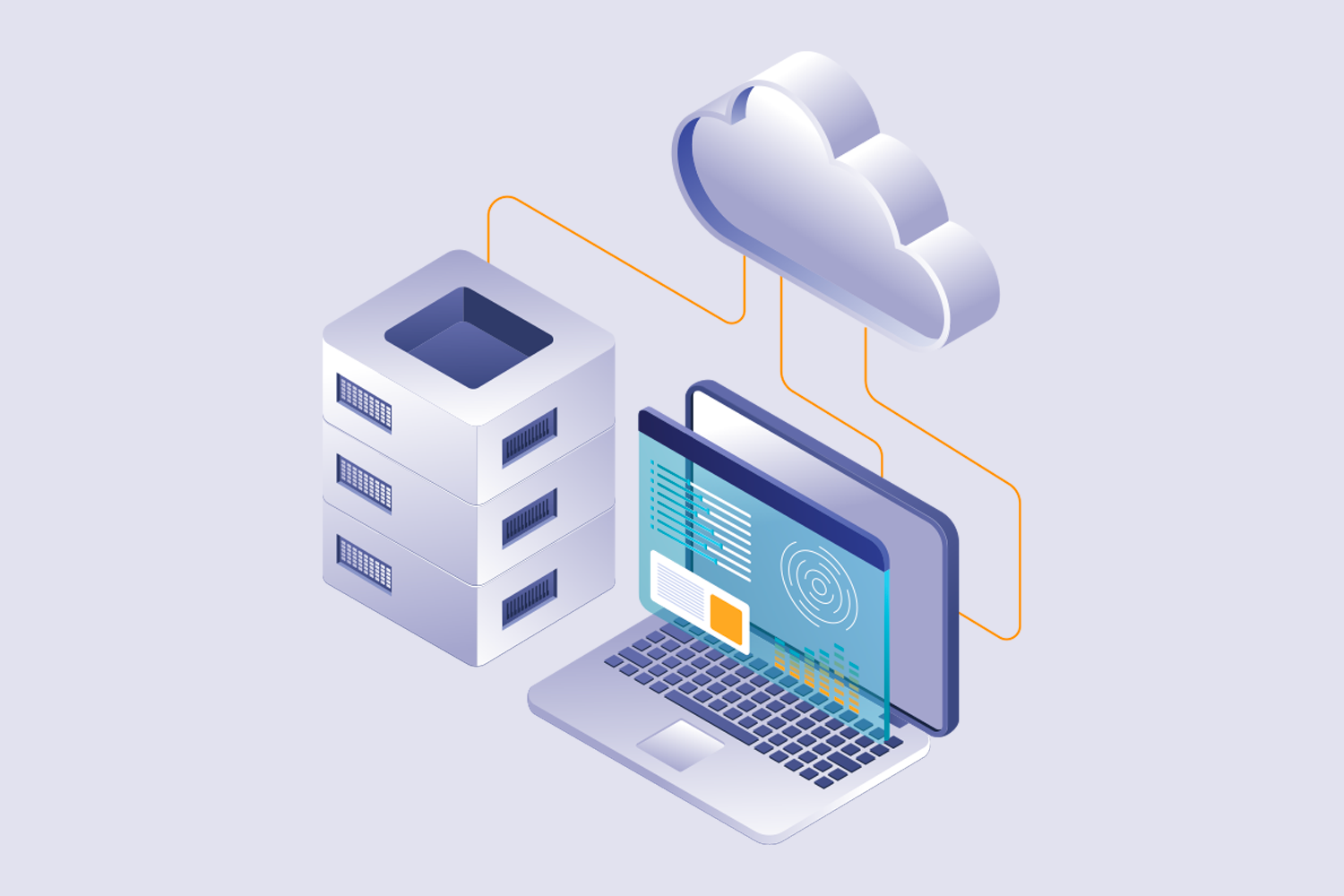
SUMMARY
What is a Database and what is it used for
Databases, or databases, are the primary source upon which the information gathering of today’s world is based.
Like ahuge virtual library, DBs collect and catalog data, making it easily usable to a user.
Of course, the sources from which this data is collected are many, potentially endless: a phone book, a site where data is stored for its operation, even a social platform such as Facebook exploit databases to retrieve and store hundreds of thousands of pieces of data.
● How a data base works
A DB system collects information and links it into a logical unit; to do so, it first exploits a physical part, hardware, and then a program part, software.
- Hardware
We are, of course, talking about the part of the physical structures through which a database system is operated, then the computing devices, the actual machine, more or less complex as needed. - Software
To manage and keep organized the data accumulated in the hardware, a database requires software, a management “program,” often an actual operating system or Database Management System, abbreviated to DBMS.
Cos’è l’SQL?
L’acronimo SQL è la forma abbreviata di Structured Query Language, ovvero il linguaggio standard di programmazione per la gestione dei database relazionali. Lo si utilizza per tutte le funzioni di inserimento, ricerca, aggiornamento, modifica e cancellazione.
Nasce negli anni ’70 grazie ad IBM e ad un importante contributo di Oracle e negli anni è stato fonte di ispirazione per numerose estensioni create da IBM, Oracle e Microsoft stessa. Utilizzato moltissimo anche oggi, sta però perdendo terreno a favore di alcuni nuovi linguaggi di programmazione.
What types of DBs exist
Of the many ways in which a database can be created and organized, some are better known than others.
- Relational database
To date one of the most popular DB systems, appearing as early as the 1980s. In this mode, elements are organized as a series of tables consisting of columns and rows, providing very efficient and flexible access to information.
- Object-oriented database
In this case, in the Object Oriented concept, the information contained in the Database is represented in the form of objects, as in programming called the same way. While this allows for easier and more flexible creation and processing, it is impractical in handling large amounts of data.
- NoSQL database
Also called nonrelational, this type of data base does not require fixed schemas, and unstructured or semi-structured data can be stored and manipulated there. The deployment of this type of DB has grown exponentially to meet the increasingly complex demands of Web applications.
- Open Source Database
This type includes all openly licensed databases, so they can be managed and implemented by potentially infinite developers. Open source data bases in turn can be SQL or NoSQL.
- Cloud Database
By DB Cloud we mean software that is delivered through a cloud computing platform, managed by a provider. Major advantages include space availability and scalability.
- JSON data
It is a type of document database, designed for data in JSON (JavaScript Object Notation) format. The most suitable use is for archiving blog content, catalogs, and has a lot of indexing flexibility.
Managing a Database Using DBMS
A Database Management System (DBMS) is software that is used to manage a Database. Its function is basically to enable end users or programs to better interface with the database to facilitate all operations related to it.
These systems make it possible to improve cybersecurity by thwarting unauthorized attacks and thus ensuring the integrity of information contained in databases.
Structured at the hardware level into a system of storage media (hard disk) and a processor that enables its use (database server), the DBMS then has software that manages the structured storage of the data.
Some examples of popular DBMS systems are: MySQL, Microsoft Access, Microsoft SQL Server, FileMaker Pro, Oracle Database, and dBASE.
Contact us
Find out more about our CX services
INGO, thanks to multichannel and technological innovations, is able to build specific projects for each company, following the process from the initial analysis phase to the implementation of integrated, scalable and modular omnichannel strategies. For over 20 years, Made in Italy at the service of the customer experience.
blog


